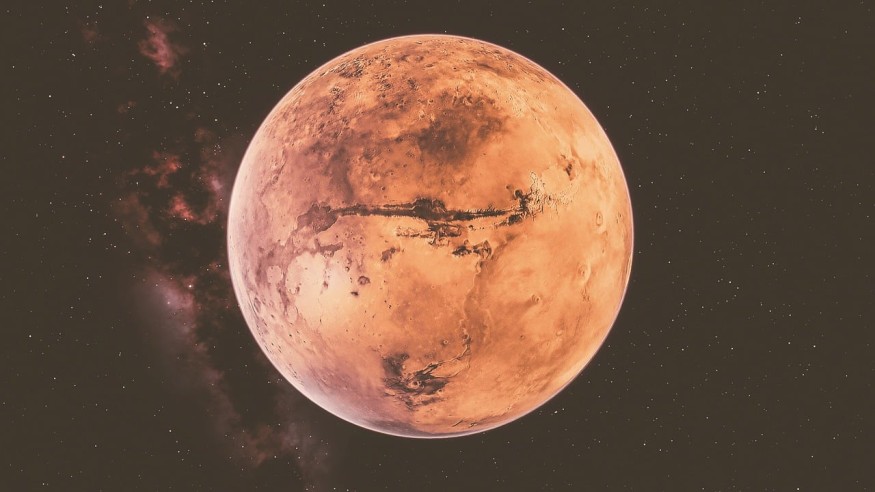
In a pioneering study, scientists were able to uncover mysteries surrounding Mars' core as they picked up seismic waves that passed by.
Mysteries of Mars' Core
Science Alert reports that based on seismic data that NASA's InSight lander collected, the core of the red planet consists of liquid iron alloy mixed with huge amounts of oxygen and sulfur. The InSight lander looked into the planet's insides for around four years. Such collected data could help specialists know more about the red planet's history and what sets it apart from the Earth.
Findings were reported in the PNAS journal. According to Vedran Lekic, a geologist from the University of Maryland and the study's second author, scientists first found the core of the earth back in 1906 by looking into how earthquake-caused seismic waves got affected as they passed. Now, over a century later, they are using the same knowledge of seismic waves to explore the Martian center and determine key differences between the red planet and the Earth.
According to a statement, the team looked into two far seismic occurrences on Mars. One was due to a marsquake, while the other was caused by a strong impact. The detected seismic waves all passed through Mars' core.
The researchers compared the travel time of seismic waves with the ones that remained in the mantle. They also mixed such data with other geophysical and seismic measurements. By doing so, they were able to gauge the compressibility and density of the waves' material.
Mars' Fully Liquid Inner Core
Findings revealed that the red planet's core was most likely fully liquid. This is starkly different from Earth's very own core, which comprises a solid inner core and a liquid outer one.
On top of this, the red planet had significant amounts of lighter elements combined inside the inner core. Science Alert notes that such elements- including sulfur, oxygen, hydrogen, and carbon-account for around one-fifth of its weight.
Such proportions are starkly different from the lesser ratios of light elements inside Earth's core. This shows that the red planet's core has less density and compressibility compared to that of the Earth's.
These findings could help scientists know more about the differences between the Earth and Mars.
Nicholar Schmerr, a co-author of the study and a UMD Associate Professor of Geology, notes that the properties of a planet's center somewhat "summarize" the formation and evolution it went through. Professor Schmerr adds that the output of these formative and evolutionary processes could either foster the presence or absence of conditions that sustain life.
Their findings verify precision of current model estimates that target the unraveling of the planet's layers. For geophysicists, studies like this also serve as a path-paver for future expeditions on other cosmic bodies that have a geophysical focus.
As per Lekic, they are still looking into the data collected by the InSight lander, whose mission ended in December 2022. The lander will play a vital role in how they will be able to know more about the red planet's formation and evolution.
Check out more news and information on Space in Science Times.












